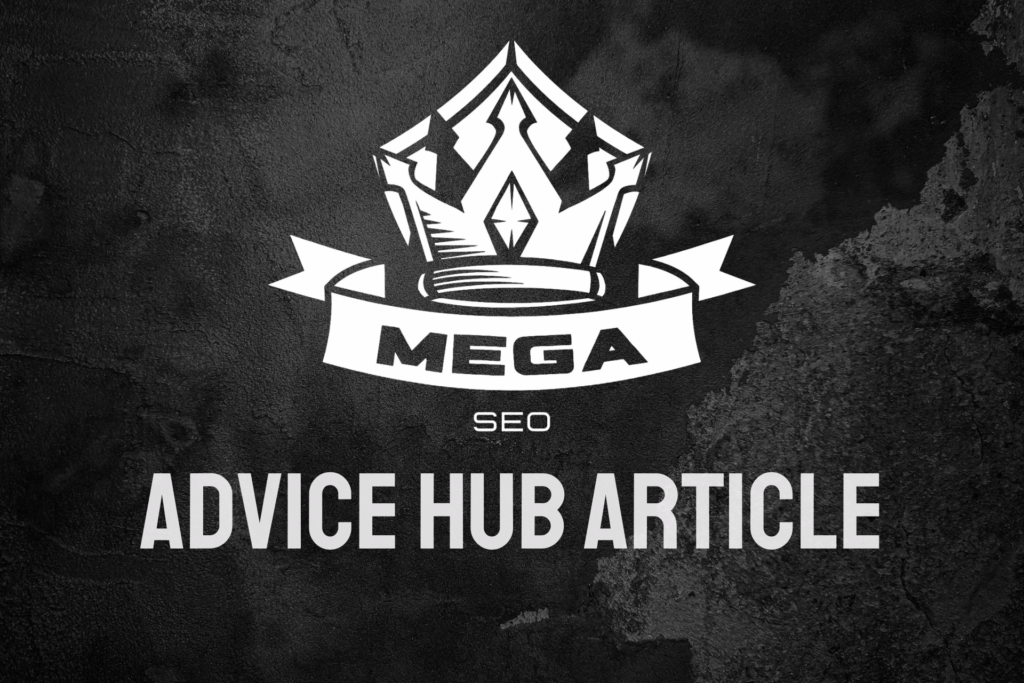Conducting a thorough SEO audit is essential for any UK business looking to improve its online visibility and search engine rankings. This comprehensive guide will walk you through the process of performing an SEO audit, helping you identify areas for improvement and develop a strategy to boost your website’s performance.
What Is an SEO Audit?
An SEO audit is a detailed examination of your website’s search engine optimisation health. It involves analysing various on-page SEO and off-page SEO factors that influence your site’s visibility in search engine results pages (SERPs). By conducting regular technical SEO audits, you can identify weaknesses in your current strategy, uncover new opportunities, and stay ahead of your competitors in the dynamic world of search engine algorithms.
Why Is an SEO Audit Important?
Performing an SEO audit is vital for several reasons:
- Identify technical issues that may be hindering your site’s performance
- Discover content gaps and opportunities for improvement
- Analyse your backlink profile and identify potential toxic links
- Assess your site’s mobile-friendliness and user experience
- Evaluate your site’s loading speed and performance
- Uncover potential keyword opportunities and content ideas
By addressing these areas, you can significantly improve your website’s search engine rankings and overall online presence.
How to Conduct a Comprehensive SEO Audit
Step 1: Crawl Your Website
The first step in any SEO audit is to crawl your website. This process involves using a tool to scan your entire site and collect data on its structure, content, and technical elements. Popular crawling tools include Screaming Frog, Sitebulb, and DeepCrawl.
When crawling your site, pay attention to the following:
- Indexable pages vs. non-indexable pages
- Duplicate content issues
- Broken links and 404 errors
- Redirect chains and loops
- Missing or duplicate meta tags
- Thin content pages
By identifying these issues early in the audit process, you can prioritise which areas need immediate attention and which can be addressed later.
Step 2: Analyse Your Site’s Structure and Navigation
A well-structured website is essential for both user experience and search engine crawlability. Evaluate your site’s structure by examining:
- URL structure: Ensure your URLs are clean, descriptive, and follow a logical hierarchy.
- Internal linking: Check for orphaned pages and ensure important pages are easily accessible through internal links.
- Breadcrumbs: Implement breadcrumbs to help users and search engines understand your site’s structure.
- XML sitemap: Verify that your XML sitemap is up-to-date and includes all important pages.
A clear and logical site structure not only helps search engines understand your content but also improves user experience, potentially leading to higher engagement and conversion rates.
Step 3: Evaluate On-Page SEO Elements
On-page SEO factors play a crucial role in how search engines understand and rank your content. During your audit, assess the following elements:
- Title tags: Ensure each page has a unique, descriptive title tag that includes relevant keywords.
- Meta descriptions: Write compelling meta descriptions that accurately summarise the page’s content and encourage clicks.
- Header tags (H1, H2, H3, etc.): Use header tags to structure your content logically and include relevant keywords where appropriate.
- Image optimisation: Check that all images have descriptive file names and alt text.
- Content quality: Assess your content for relevance, depth, and uniqueness.
- Keyword usage: Analyse your content for proper keyword usage, avoiding keyword stuffing.
By optimising these on-page elements, you can improve your chances of ranking for relevant search queries and attracting qualified traffic to your site.
Step 4: Assess Technical SEO Factors
Technical SEO issues can significantly impact your site’s performance in search results. During your audit, pay close attention to:
- Page loading speed: Use tools like Google PageSpeed Insights to identify and address performance issues.
- Mobile-friendliness: Ensure your site is fully responsive and provides a good user experience on mobile devices.
- HTTPS implementation: Verify that your site is using HTTPS encryption correctly.
- Structured data: Implement schema markup where appropriate to help search engines understand your content better.
- Core Web Vitals: Assess your site’s performance in terms of Largest Contentful Paint (LCP), First Input Delay (FID), and Cumulative Layout Shift (CLS).
Addressing technical SEO issues can lead to improved rankings, better user experience, and increased organic traffic.
Step 5: Analyse Your Backlink Profile
Backlinks remain a crucial ranking factor for search engines. During your SEO audit, examine your backlink profile:
- Use tools like Ahrefs, Majestic, or Moz to analyse your backlink profile.
- Identify and disavow toxic or spammy links that could be harming your site’s reputation.
- Look for opportunities to acquire high-quality backlinks from reputable sources.
- Compare your backlink profile to those of your competitors to identify gaps and opportunities.
A strong, natural backlink profile can significantly boost your site’s authority and search engine rankings.
Step 6: Review Your Content Strategy
Content is at the heart of any successful SEO strategy. During your audit, assess your content strategy by:
- Identifying top-performing content and analysing why it’s successful.
- Looking for content gaps and opportunities to create new, valuable content.
- Updating and improving existing content to keep it relevant and fresh.
- Analysing your content’s alignment with user search intent and your target keywords.
By continually improving and expanding your content, you can attract more organic traffic and establish your site as an authoritative source in your industry.
Step 7: Competitor Analysis
Understanding your competitors’ SEO strategies can provide valuable insights and help you identify areas for improvement. During your audit:
- Analyse your competitors’ keyword rankings and identify opportunities to compete.
- Examine their backlink profiles to find potential link-building opportunities.
- Assess their content strategies and look for gaps you can fill.
- Compare your site’s technical performance to that of your competitors.
By learning from your competitors’ successes and failures, you can refine your own SEO strategy and gain a competitive edge.
Implementing Your SEO Audit Findings
Once you’ve completed your SEO audit, it’s time to put your findings into action. Prioritise your tasks based on their potential impact and the resources required to implement them. Create a detailed action plan that outlines:
- Specific tasks to be completed
- Responsible team members or departments
- Deadlines for each task
- Expected outcomes and metrics for measuring success
Remember that SEO is an ongoing process, and regular audits are necessary to maintain and improve your site’s performance in search results.
Partner with Mega SEO for Expert SEO Audits
Conducting a comprehensive SEO audit can be a complex and time-consuming process. If you’re looking for expert assistance, consider partnering with Mega SEO. Our team of experienced SEO professionals can provide in-depth audits and actionable recommendations to improve your website’s search engine performance.
We specialise in local SEO for UK businesses, ensuring that your website not only ranks well nationally but also dominates in your local market. Our affordable and quality-focused approach means you’ll receive top-notch SEO services without breaking the bank.
Ready to take your website’s SEO to the next level? Contact us today at 01942 234917 or email us at [email protected] to schedule your comprehensive SEO audit. Let’s work together to boost your online visibility and drive more qualified traffic to your website.


